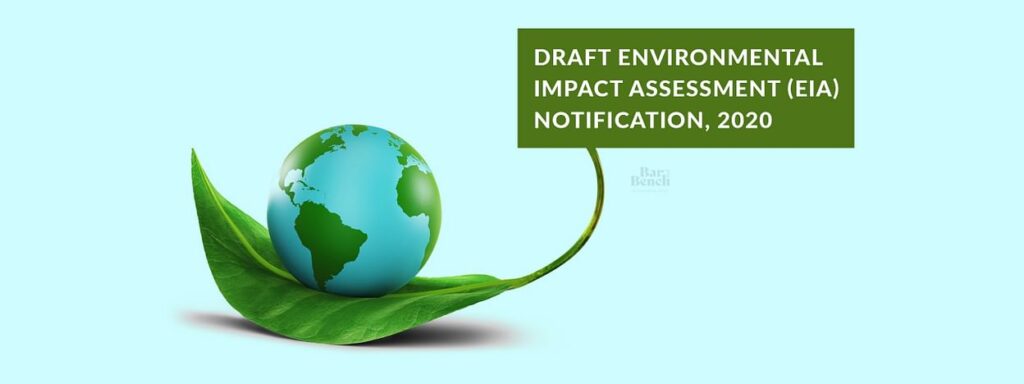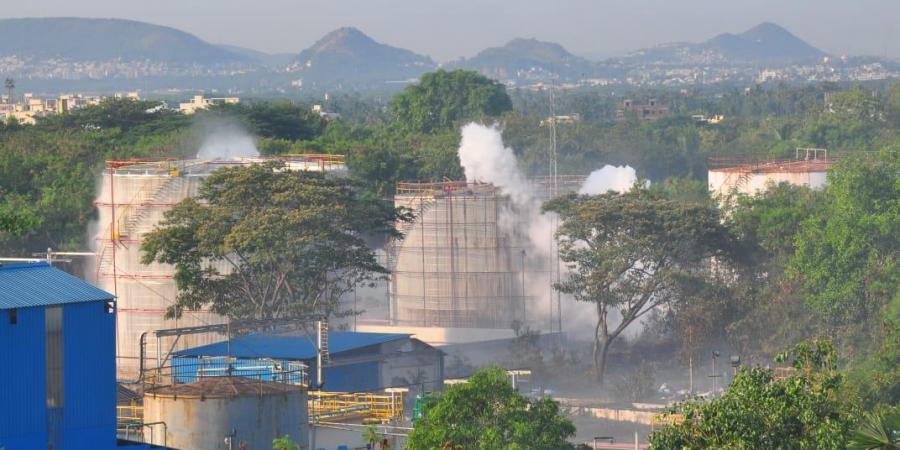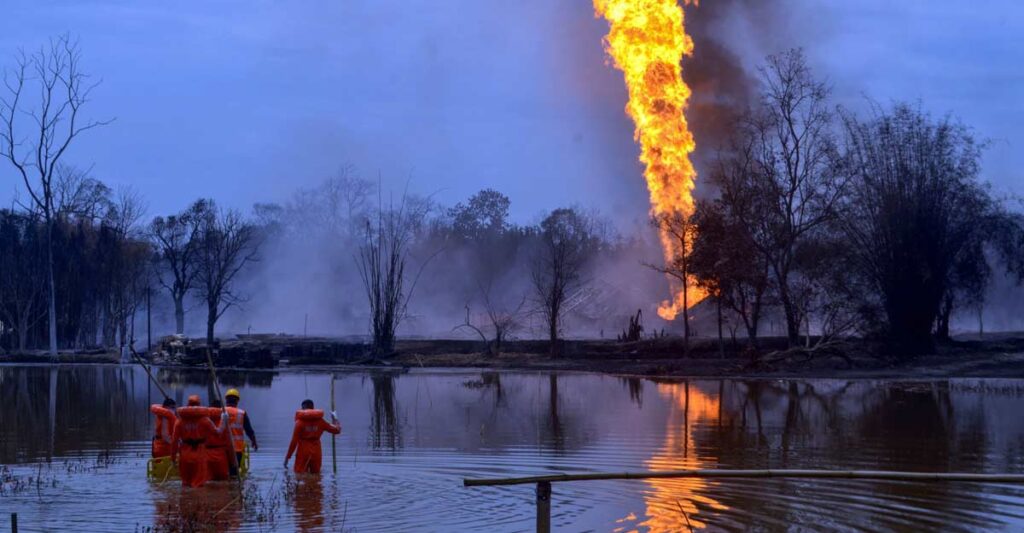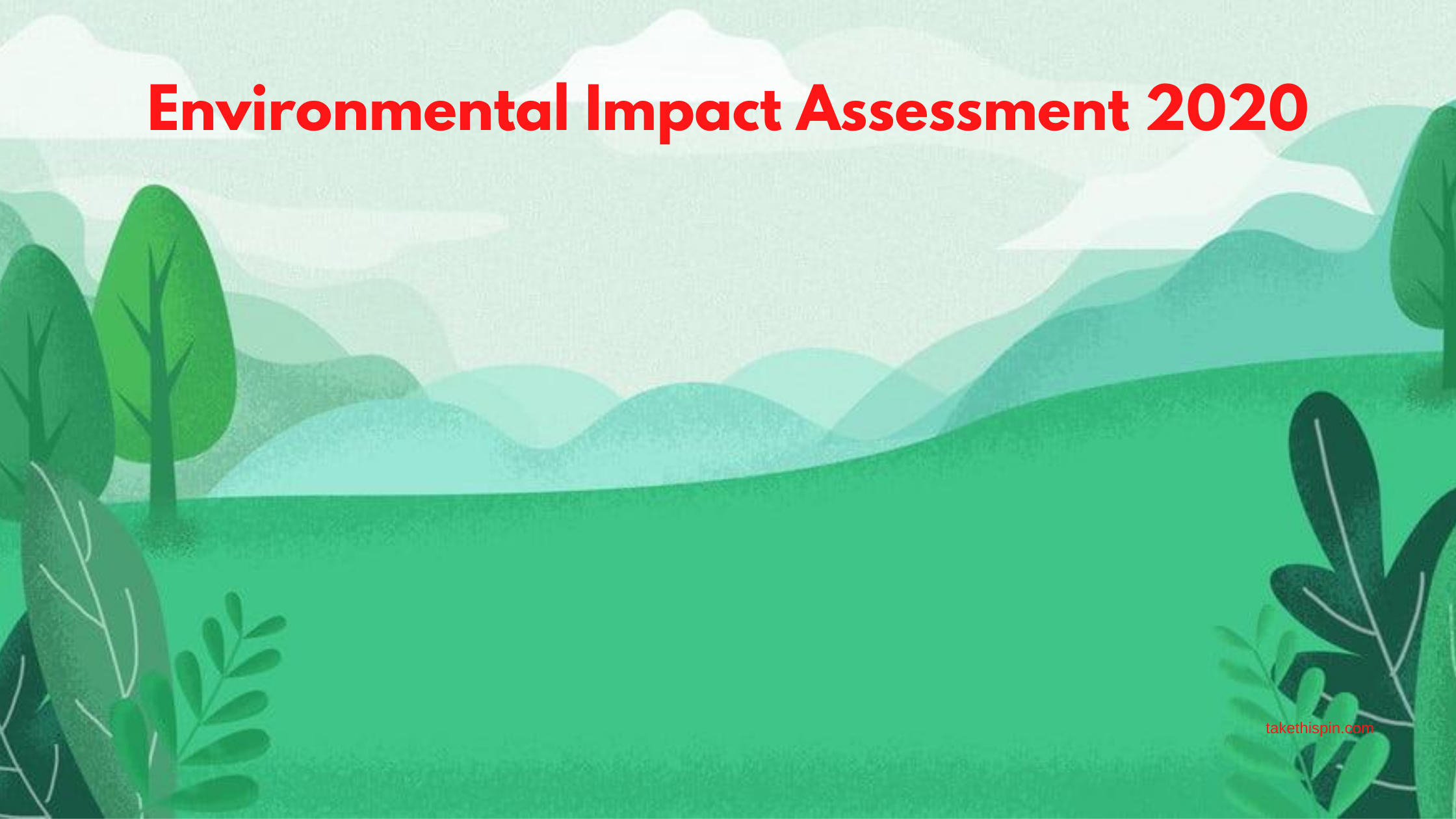What is EIA – Environmental Impact Assessment?

Environmental Impact Assessment (EIA) is a process of evaluating the likely environmental impacts of a proposed project or development, taking into account inter-related socio-economic, cultural, and human-health impacts, both beneficial and adverse.
UNEP defines Environmental Impact Assessment (EIA) as a tool used to identify the environmental, social, and economic impacts of a project prior to decision-making. It aims to predict environmental impacts at an early stage in project planning and design, find means to reduce adverse impacts, shape projects to suit the local environment.
Earlier this year, the Indian government came out with the draft Environment Impact Assessment (EIA) notification 2020 seeking to overhaul the norms governing the environment clearance process for industrial projects. The draft notification was released in the public domain on 12 March, with the Ministry of Environment, Forest and Climate Change (MoEFCC) inviting public suggestions.
The time granted for public opinion on the contentious 2020 EIA draft is extended until 11 August. To date, the draft is widely criticized by environmentalists across the country for its lack of transparency and encouragement of environmental violations.
The protest has been widely led by groups from Tamil Nadu which includes movie stars like Surya, Karthik, and from North-East who fears exploitation of their natural resources in lieu of EIA 2020.
#EIA2020 pic.twitter.com/GlKDRFXY6Q
— Karthi (@Karthi_Offl) July 28, 2020
பேசிய வார்த்தைகளை விட, பேசாத மௌனம் மிக ஆபத்தானது. காக்க.. காக்க.. சுற்றுச்சூழல் காக்க.. நம் மௌனம் கலைப்போம்.. #EIA2020 https://t.co/le0hgpzHPX
— Suriya Sivakumar (@Suriya_offl) July 29, 2020
Draft #EIA2020 is regressive,suppresses voice of masses & facilitates opacity. It is anti-democratic & anti-environment. It’s implementation shall have ruinous effect on Assam alongside NE India’s repository of rich resources#AssamAgainstEIA#WithdrawDraftEIA2020#NEAgainstEIA
— Dr. Samujjal Bhattacharjya (@SamujjalBhatta) August 3, 2020
https://twitter.com/jyotirshiv/status/1290288684579733505?s=20
Let us have a look into the 3 major points which are being criticized by the opposer of the EIA 2020 draft –
1. Ex-Post facto clearance
Ex-Post Facto clearance means the clearance given by the government post the establishment and execution of the project. An example is the LG Polymer Plant in Vishakhapatnam, where the styrene gas leak happened on May 7. It was revealed that the plant had been running for over two decades without clearances. Under the provision of the new draft EIA 2020, this plant can be given clearance on basis of Ex-Post Facto clearance.

2. Compliance Monitoring
According to the 2006 rules, my industry should submit a compliance report or an audit assessing the environmental implications in the area of the industry within 6 months. For example, if any plant is emitting C02 more than the permitted norms, the same needs to be addressed within 6 months. In the new draft of 2020, this time period is increased to 1 year which gives more leeway for the plants to get away with damaging/polluting the environment.
3. Reduction in time for the public hearing
According to 2006 rules before an Industry is set up in an area, the locals of that particular area have a time of 45 days to submit their grievances to the Board setup. But, the latest rules reduce the time to 40 days to accelerate the EIA process. For project-affected people, who are frequently forest dwellers or hill tribes who do not have access to information and technology, this will make it harder to put forth representations.

We have seen the effect of lax environmental regulation on our environment and people throughout the Indian history. Recently Oil India Limited’s oil wells in the Tinsukia district, Assam, only a few kilometers away from protected forests, went up in flames this month. Recent processes for expansion and modification apparently took place without fresh environmental clearance.

The COVID-19 pandemic has taught the world a very important lesson. We must focus on the long term health of people rather than making short term environmentally downgraded decisions.

